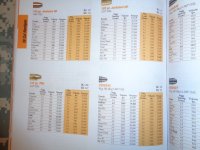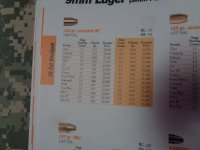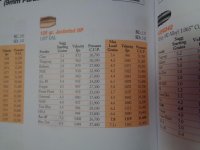New to HP-38 this powder for 9mm. Went through the sources I had but only got 2 sets of load data that did not match.
124g bullet (measured to ensure no compression)
Hodgins 3.9-4.4
Hornady no listed
Lee 4.4-4.8
Seems odd lee's start is the max for Hodgins. I already tested up to 4.4 with no issues, set to test up to 4.8. does this seem reasonable?
Looking for a full power load that will run like factory ammo, safely and reliably.
I know HP-38 is not the best powder, but I bough 1lb, and have enough left to load another 1000rnds. I'm thinking about HS-6 or CFE Pistol next go around.
124g bullet (measured to ensure no compression)
Hodgins 3.9-4.4
Hornady no listed
Lee 4.4-4.8
Seems odd lee's start is the max for Hodgins. I already tested up to 4.4 with no issues, set to test up to 4.8. does this seem reasonable?
Looking for a full power load that will run like factory ammo, safely and reliably.
I know HP-38 is not the best powder, but I bough 1lb, and have enough left to load another 1000rnds. I'm thinking about HS-6 or CFE Pistol next go around.



